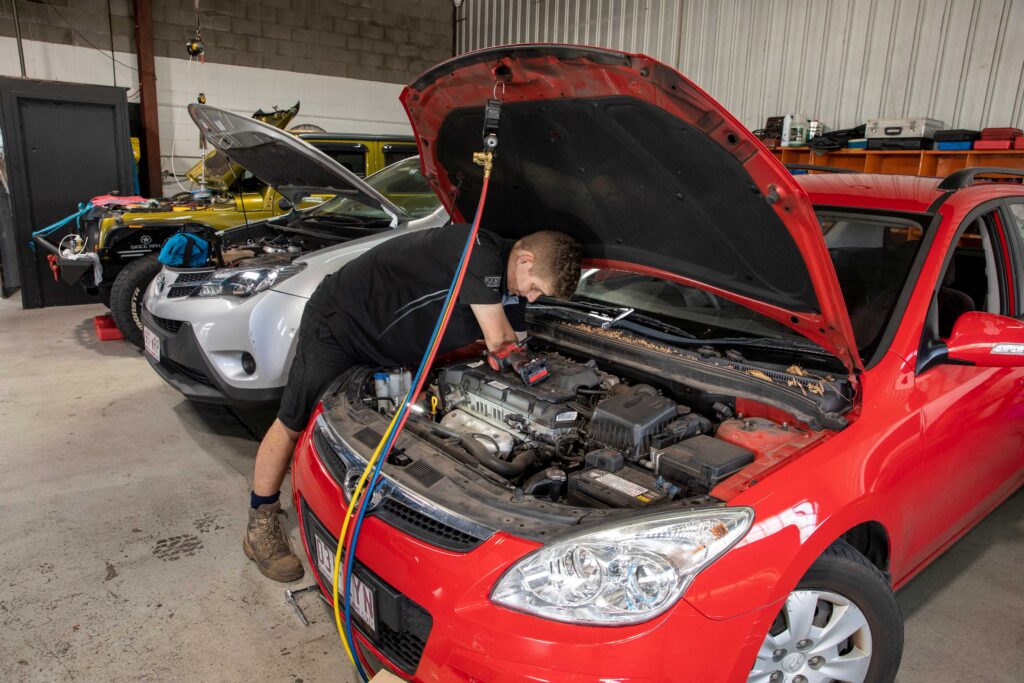The lifespan of car batteries depends on how they are used. Typically, they can last more than three years – sometimes up to seven years – when they get correctly charged, are used every day, and have never been totally discharged and recharged several times. If the lifespan of a battery is less than three years, possible causes are lack of use, low electrolyte levels, excessive discharging and recharging, corrosion, problems with charging, or the cells are merely damaged.
When you’re going for a long drive, it’s best to ensure that your battery is in excellent condition – or better yet, carry a second battery or bring a battery bank with you. But if you are already driving miles away – or even if you have not driven out of a garage yet – and your car battery suddenly turns ‘dead’, you can try some fixes to help you revive it. Some of these fixes will require certain tools and materials, such as the following:
- Distilled water
- Epsom salt
- Aspirin
- Chock
- Axle stands
- Rope
- Chainsaw
- 18-volt drill battery
- Jump lead
- Lighter
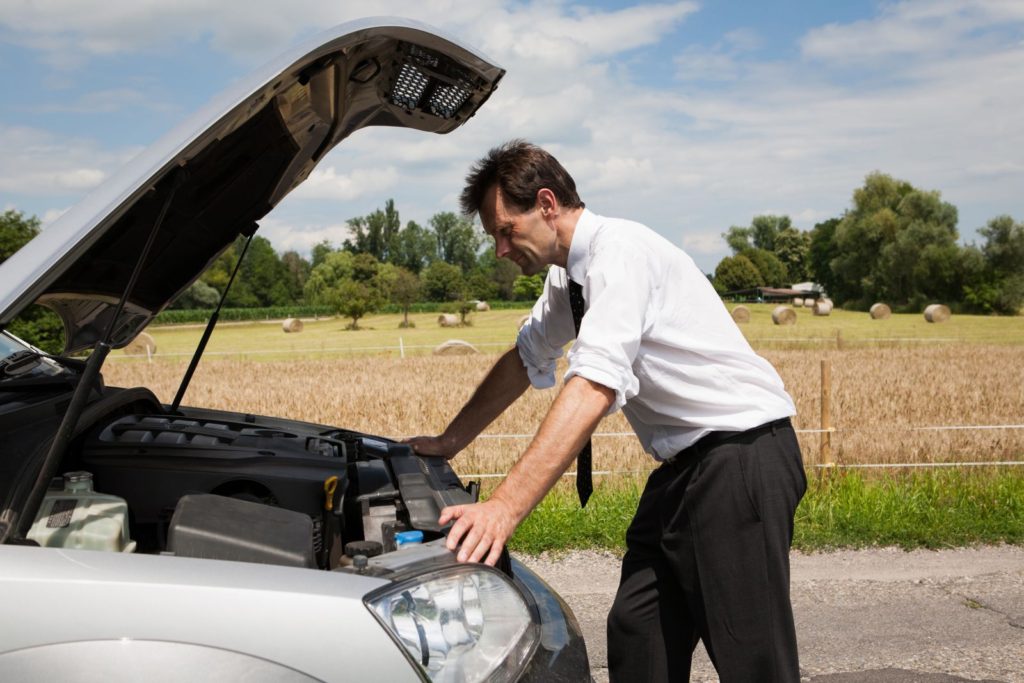
Disclaimer: You should at least be familiar with a car battery and certain car parts to be able to do these fixes. If you are unsure, it’s better to hire the services of an auto professional.
The following are seven unconventional ways to revive a dead car battery:
1. Use Epsom Salt Solution
If the problem is caused by a low electrolyte level, using Epsom salt (magnesium sulfate) to make an electrolyte solution will help revive your car battery. Check out this article on how to check your battery’s electrolyte level. Epsom salt is a stronger acid, which contains a variety of hydrates, and it might help tip the chemical balance and deliver enough charge to start the engine.
To make a distilled water and epsom salt solution, dissolve 1 part Epsom salt (magnesium sulfate) with 3 parts warm, distilled water. Add to each cell until the plates are covered by ¼ to ½ electrolyte solution. For a more detailed process on how to do this, refer to this article.

2. The Hard Hand Cranking Method
The ‘hand cranking method’ requires you to jack up the rear wheel drive and use axle stands to strengthen its support. The front wheels must be chocked securely by placing the chock in the center and square to tyre, and then put the vehicle in fifth gear while the ignition is turned on. Wrap a rope around the drive tyre to spin the wheel in the normal direction of its rotation. Then really pull hard to turn the engine over and start the motor.
3. The Chainsaw Method
The ‘chainsaw method’ lets you use a chainsaw to drive the alternator (which is located on the engine) and charge the battery. To do this, first you have to remove the chain, blade, and the spoked drive sprocket from the chainsaw to make it look like a pulley. Then remove the drive belts from the alternator. Use the belt to connect the chainsaw drive spindle and the alternator drive pulley. You can check this video for a more detailed procedure on how this is done.
Engage your drive belt and start the chainsaw while applying gentle pressure on the belt. Keep it going until it starts to charge the battery. While this method works, it can be potentially risky because unguarded belts can go spinning at high speed. Take extra precaution when doing this procedure, or don’t attempt it altogether if you’re unsure.
4. Use Aspirin Solution
If you have distilled water and aspirin (acetylsalicylic acid), you can make a solution to chemically alter the electrolyte mix. To make aspirin and distilled water solution, you need to crush 12 350 mg or 500 mg aspirin tablets and dissolve the powdered aspirin in about 6 oz of warm, distilled water. Then add equal amounts to each cell. You may need to add more water to cover the plates.

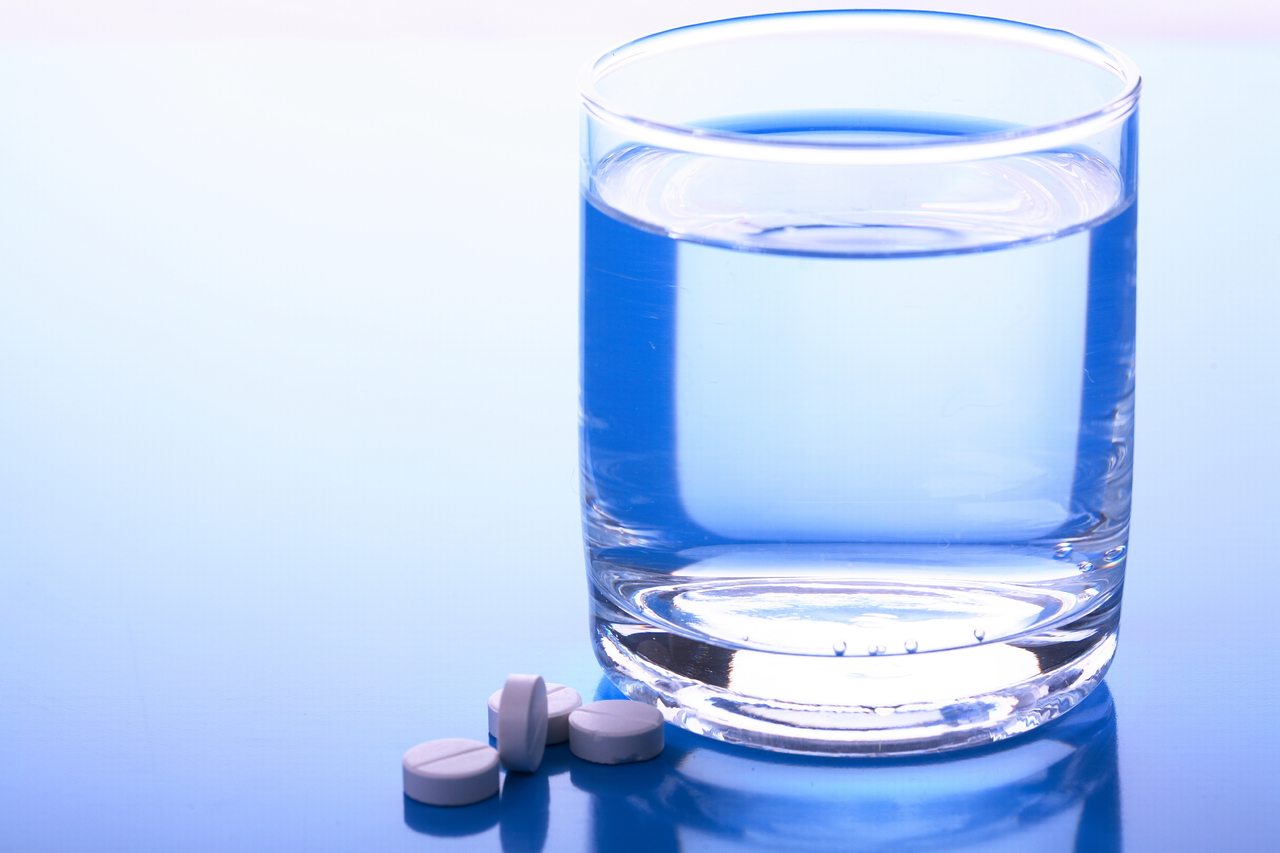
5. The 18-Volt Drill Battery Method
The 18-volt drill battery method works like a jump start method. To do this, you need a fully charged 18-volt drill battery and jump leads. You can buy these from auto shops. Using the jump leads or other adaptations, you need to makeshift the connection between your dead car battery to the 18-volt drill battery. This allows the drill battery to connect to the dead battery like a standard jump start method.
6. Use Distilled Water
Adding distilled water may help submerge the plates and enable more reaction to help give the engine a few more turns. This will help if the problem is due to low electrolyte levels. Using distilled water only as an electrolyte booster is an alternative if you don’t have an Epsom salt or aspirin available.
7. The Hot Ash Method
The hot ash method should be used as a ‘last resort’ – you only use this when all else fails. First, you need to light a fire and let it burn down to hot ashes. Then remove the filler/vent caps from the top of the battery, take the battery off the car, and place it on the hot ash. Be careful and make you it doesn’t catch fire. The hot ashes should warm the battery up. Reinstall the battery carefully and try to restart your ignition.
Prevent Car Battery Damage
When your car battery fails, you won’t be able to start your engine. Usually, dead car batteries may be revived – at least temporarily – to get you back on the road. However, the accumulation of damage may lead to an untimely demise of your car battery, and this typically needs to be replaced.
But as the saying goes, prevention is always better than cure. It’s still better to prevent car battery damage than revive or replace a dead one.
Here are tips to prevent car battery damage:
- Make sure to use your car battery regularly.
- Fully charge unused batteries on a float charger before you use it to drive around. A float charger has a float voltage that maintains a full charge without overcharging the battery.
- Prevent excessive deep cycling.
- Make sure that your charging system is functioning properly.
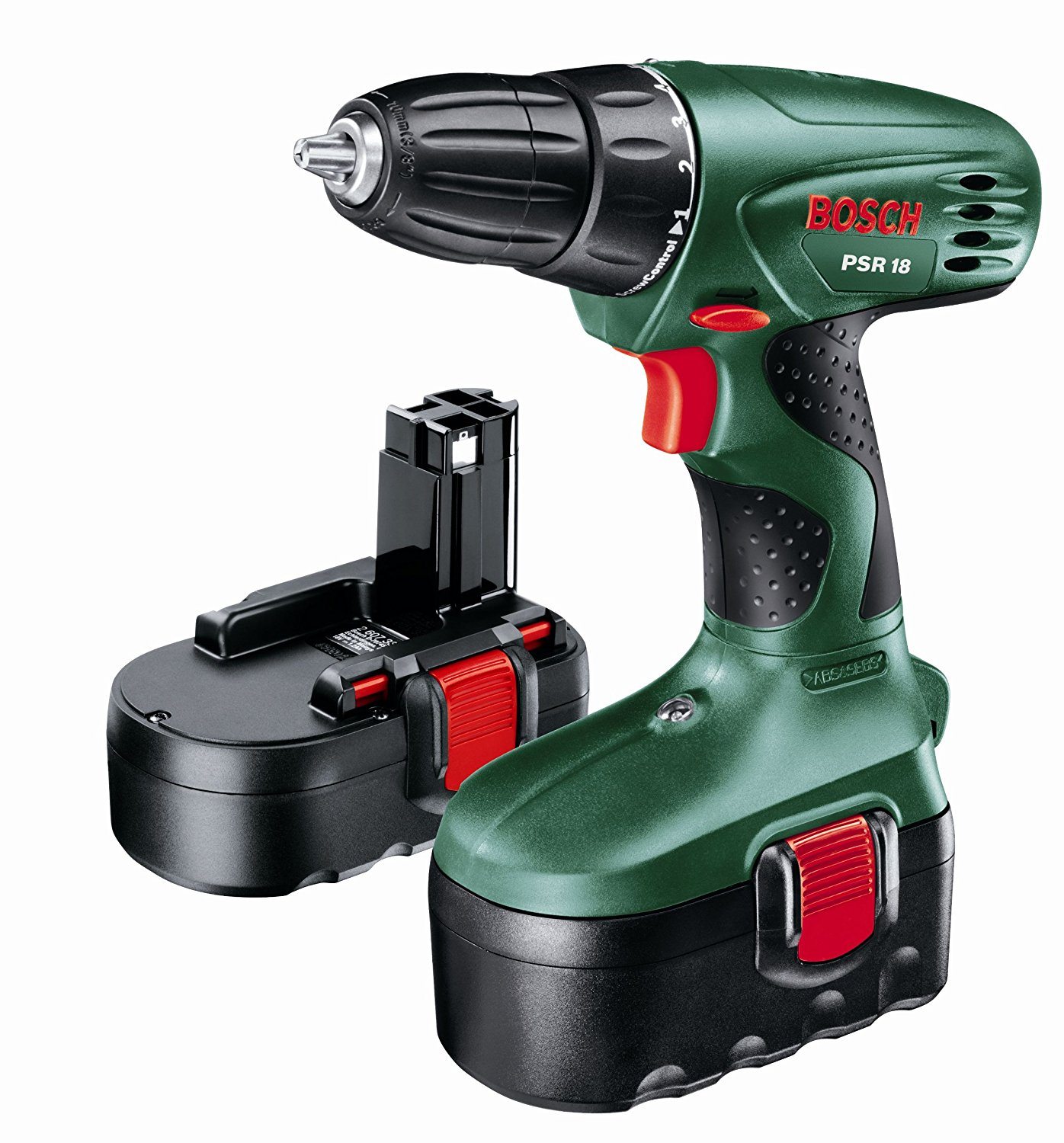
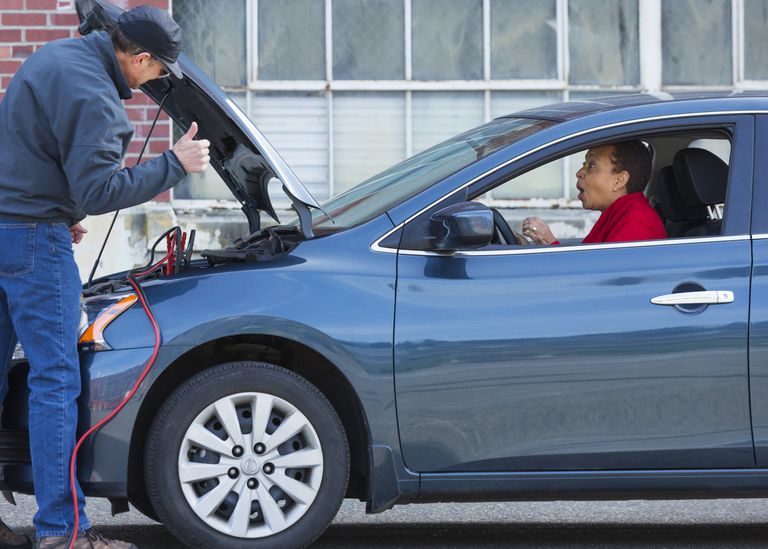
The Bottom Line
When you are in a remote location, and you cannot start your engine due to battery failure, it can cost you big time. It’s better to be prepared and bring an ‘emergency’ battery with you, especially when you plan to travel long routes. Also, carrying a jump start cable, distilled water, aspirin, 18-volt drill battery, chainsaw, a lighter, and the other tools mentioned above will be of good use when you experience sudden battery failure.
You can try the above fixes whenever you experience car battery failure, whether you are still in the garage or while travelling. These fixes should be done withutmost care and you should attempt any of them at your own risk.
If you need further advice, or for a certified technician to assess your vehicle’s battery, call us on (07) 3269 3158 or book a job using the button below. We are located 113 Connaught Street Sandgate QLD 4017. Feel free to visit us at any time.

